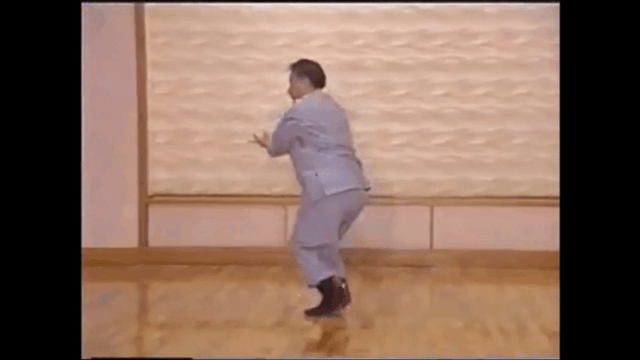Fungus
2nd Black Belt
Not sure if I missed the point, but I assume by "static punch" you mean punching while not moving your feet? That's not so say that the hips, knees or legs are "static" and freeze.
I think one reasons for such punching is that the easiest time to sweep or kick someones legs is while they are moving, or even worse jumping. I always feel that moving my feet is also a time where by balance is at risk. Punching while you are moving or one feet in the air works, but feel less stable.
If I want to launch a strong punch where I put my body weight behind I shift the body weight forward into the punch, but I would prefer to not move my feet as it gives me worse balance. I prefer to have both my feet rooted while punching, especially body shots, because there you have massive resistance. To punch someone in the jaw I presume does not need the same rooting as the resistance will not bring you off balance.
I think one reasons for such punching is that the easiest time to sweep or kick someones legs is while they are moving, or even worse jumping. I always feel that moving my feet is also a time where by balance is at risk. Punching while you are moving or one feet in the air works, but feel less stable.
If I want to launch a strong punch where I put my body weight behind I shift the body weight forward into the punch, but I would prefer to not move my feet as it gives me worse balance. I prefer to have both my feet rooted while punching, especially body shots, because there you have massive resistance. To punch someone in the jaw I presume does not need the same rooting as the resistance will not bring you off balance.



